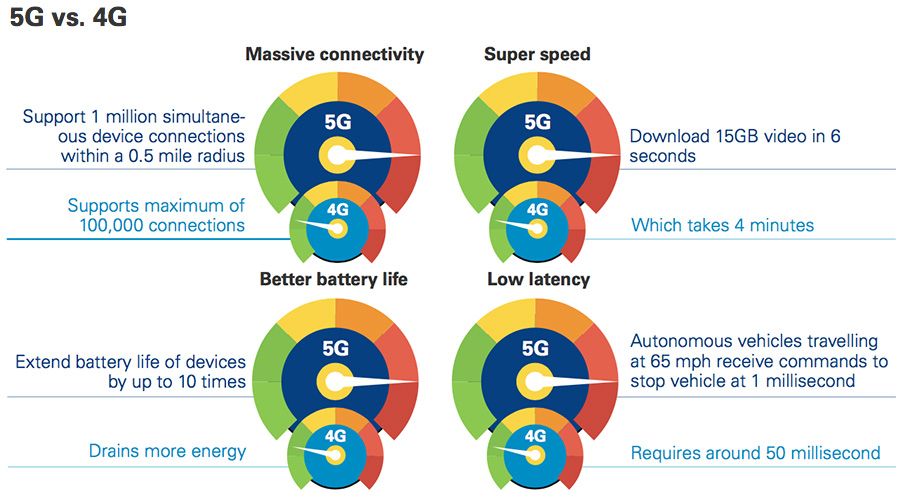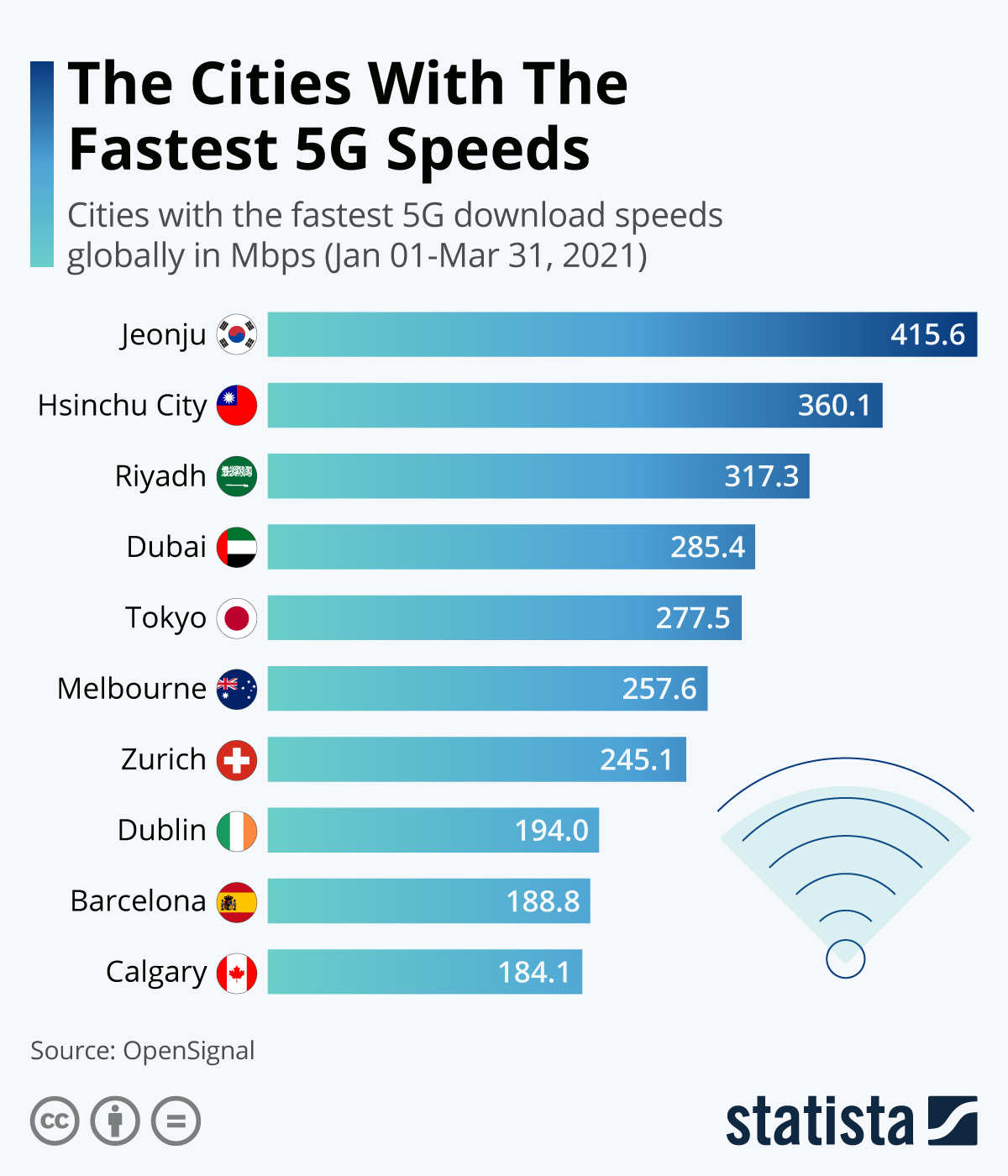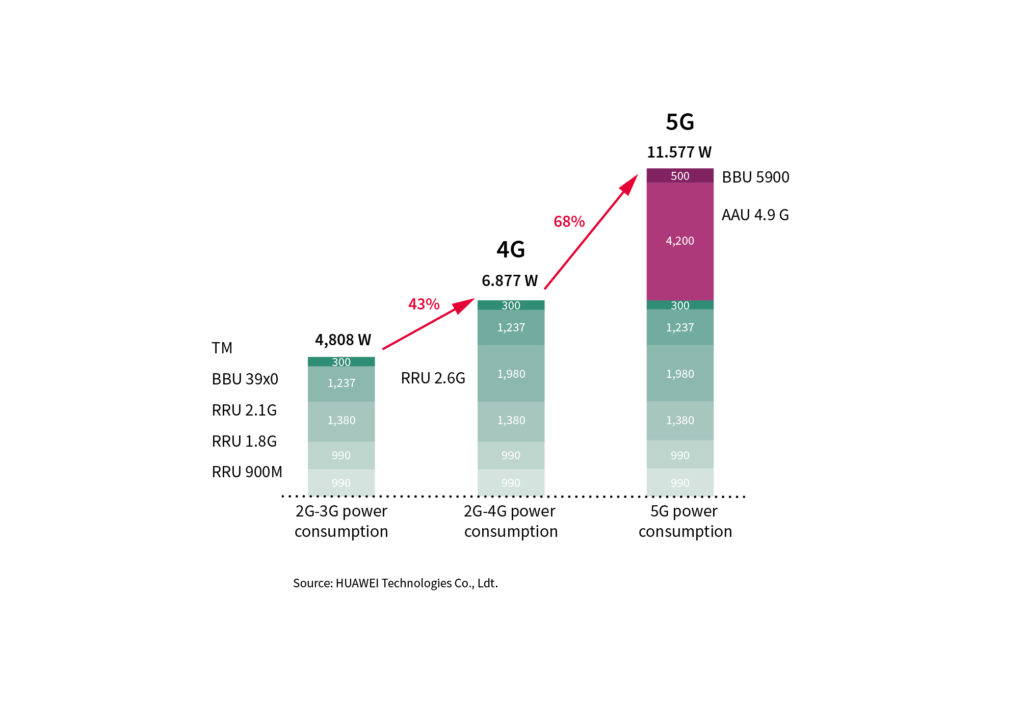Comparrision Between 5g And4g Network Presentation
| Introduction | ||
|---|---|---|
| 5G vs. 4G: A Comparative Analysis. Understanding the key differences between these two generations of network technology. How 5G is revolutionizing connectivity and what it means for users. | ||
| 1 | ||
| Speed and Capacity | ||
|---|---|---|
| 5G offers significantly faster speeds, with theoretical download speeds of up to 10 Gbps. 4G, on the other hand, provides download speeds ranging from 10 to 100 Mbps. The increased speed of 5G enables quicker downloads, seamless streaming, and reduced latency. | ||
| 2 | ||
| Latency | ||
|---|---|---|
| 5G boasts ultra-low latency, with response times as low as 1 millisecond. 4G has a latency range of 40 to 60 milliseconds. The reduced latency of 5G enables real-time applications like autonomous vehicles and remote surgeries. | ||
| 3 | ||
| Network Capacity | ||
|---|---|---|
| 5G has a much higher network capacity, allowing more devices to connect simultaneously. 4G networks can handle up to 2,000 devices per square kilometer, while 5G can handle up to 1 million devices. The increased network capacity of 5G supports the growing demand for Internet of Things (IoT) devices. | ||
| 4 | ||
| Coverage | ||
|---|---|---|
| 4G offers extensive coverage in most urban and rural areas. 5G coverage is currently more limited, with focus on urban centers and select areas. However, 5G coverage is rapidly expanding, and it is expected to reach wider areas in the near future. | ||
| 5 | ||
| Infrastructure Requirements | ||
|---|---|---|
| 5G requires a denser network of small cells and base stations for optimal performance. 4G networks mainly rely on larger cell towers. Implementing 5G infrastructure requires significant investment and infrastructure upgrades. | ||
| 6 | ||
| Power Consumption | ||
|---|---|---|
| 5G consumes more power compared to 4G due to increased network complexity and higher data transmission rates. 4G networks are more power-efficient, making them suitable for battery-powered devices. Balancing power consumption with performance is a challenge for 5G network providers. | ||
| 7 | ||
| Use Cases and Applications | ||
|---|---|---|
| 4G primarily focused on mobile broadband, voice calls, and messaging services. 5G enables a wide range of applications, including IoT, virtual reality, augmented reality, and mission-critical services. The versatility of 5G opens up opportunities for innovation and transformative technologies. | ||
| 8 | ||
| Adoption and Future Outlook | ||
|---|---|---|
| 5G adoption is gradually increasing, with many countries rolling out 5G networks. 4G will continue to dominate in areas with limited 5G coverage. As 5G infrastructure expands, it will become the new standard for mobile connectivity. | ||
| 9 | ||
| Conclusion | ||
|---|---|---|
| 5G offers faster speeds, ultra-low latency, higher network capacity, and transformative applications. 4G provides reliable coverage, power efficiency, and widespread adoption. The transition from 4G to 5G will revolutionize connectivity and drive technological advancements. | ||
| 10 | ||


)






